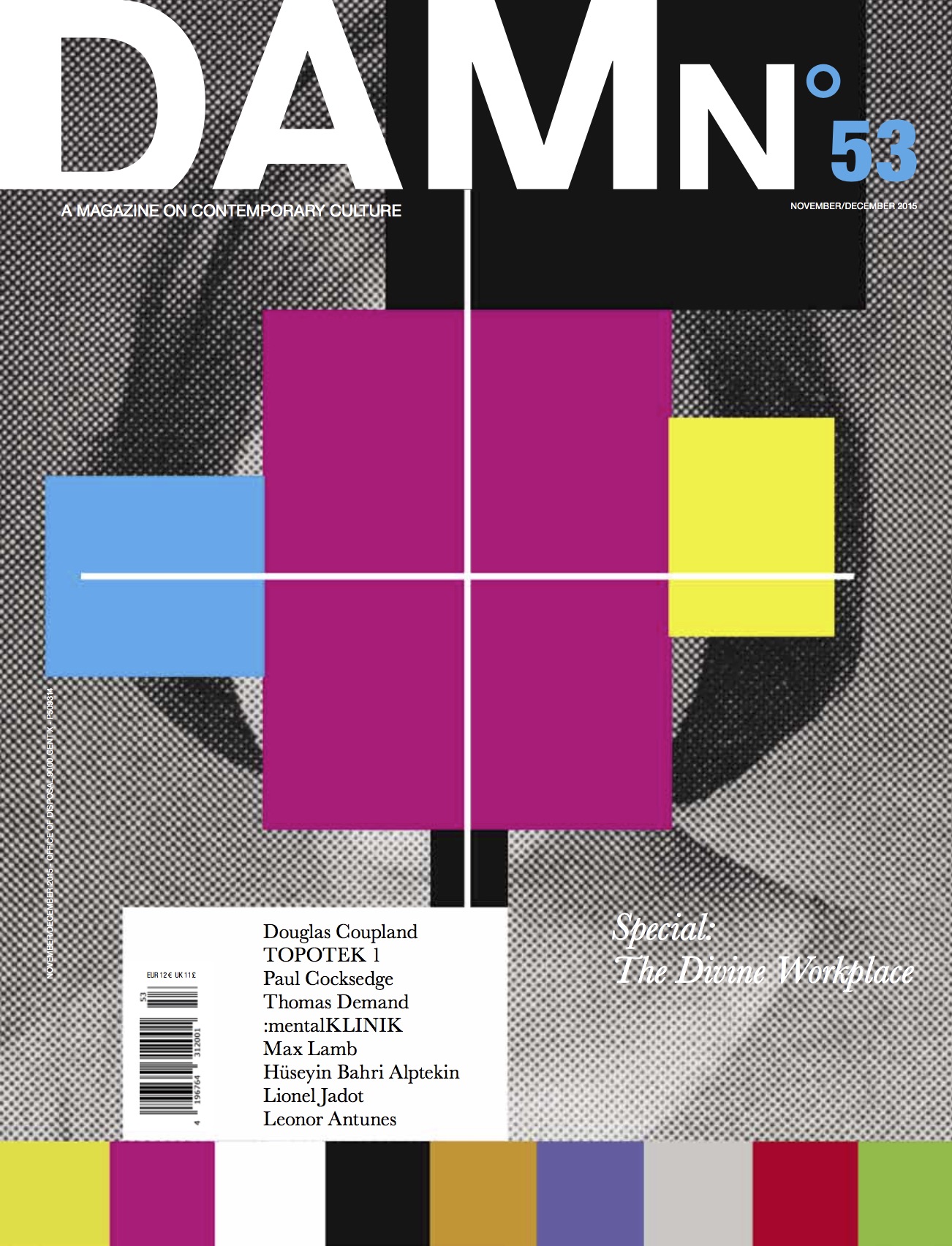Uniting past and present, this year’s edition of the British Ceramics Biennial in Stoke-on-Trent identified the uncharted territory between handcrafted and digital. A young generation of ceramists and artists has entered the picture, addressing the ceramic production process in an assertive hands-on manner. From the reinvention of the materials through to the reinterpretation of past classics, there seems to be no approach left unturned. This has not only made for an excellent biennial, it serves as fuel for the industry worldwide and as a saving grace for Stoke.

A driving force behind this development is the British Ceramics Biennial, whose fourth edition opened in September in the former Spode pottery factory. The main focus is on young designers working between art, decoration, and the functional object. Ceramic is understood by them to be a material of poetic lightness and tactile sensuality, in equal measure. Dazzling colours and tactile textures are a fundamental feature, significantly differing from the sterile sheen of mass-produced pottery. Barney Hare Duke, artistic director of the 2015 Biennial, states: “The works are brought together by a spirit of creative endeavour, thereby testing and skilfully demonstrating the potential of clay.”

 This article appeared in DAMN°53. Order your personal copy.
This article appeared in DAMN°53. Order your personal copy.
Sensuality and atmosphere are important aspects, too. An archaic effect is present in Geysers, by English ceramist Caroline Tattersall. Clay melts inside large, curved vessels – emitting bubbles and steam like a gurgling geyser. The material has lost its solid, physical presence. Instead, the ephemeral and variable is frozen in a current reality – showcasing the particularity and magic of clay. A documentary approach is adopted by ceramist Neil Brownsword, who works with experienced craftsmen from Stoke. With his project Re-Apprenticed, he records on video the skills and tricks of copperplate engraving, china painting, and ceramic flower making, to save the knowledge for future generations.

At AirSpace Gallery in the centre of Stoke, Ian McIntyre examines the nuances of a British ceramic icon: the Brown Betty teapot from the 1930s – said to be the ideal shape for developing the aroma of the tea. Like a surgeon, the London-based designer and maker cuts the pot into segments and creates a fresh look for the long familiar: past and present overlap in its interwoven pattern.
















,2015.jpg)

.jpg)









